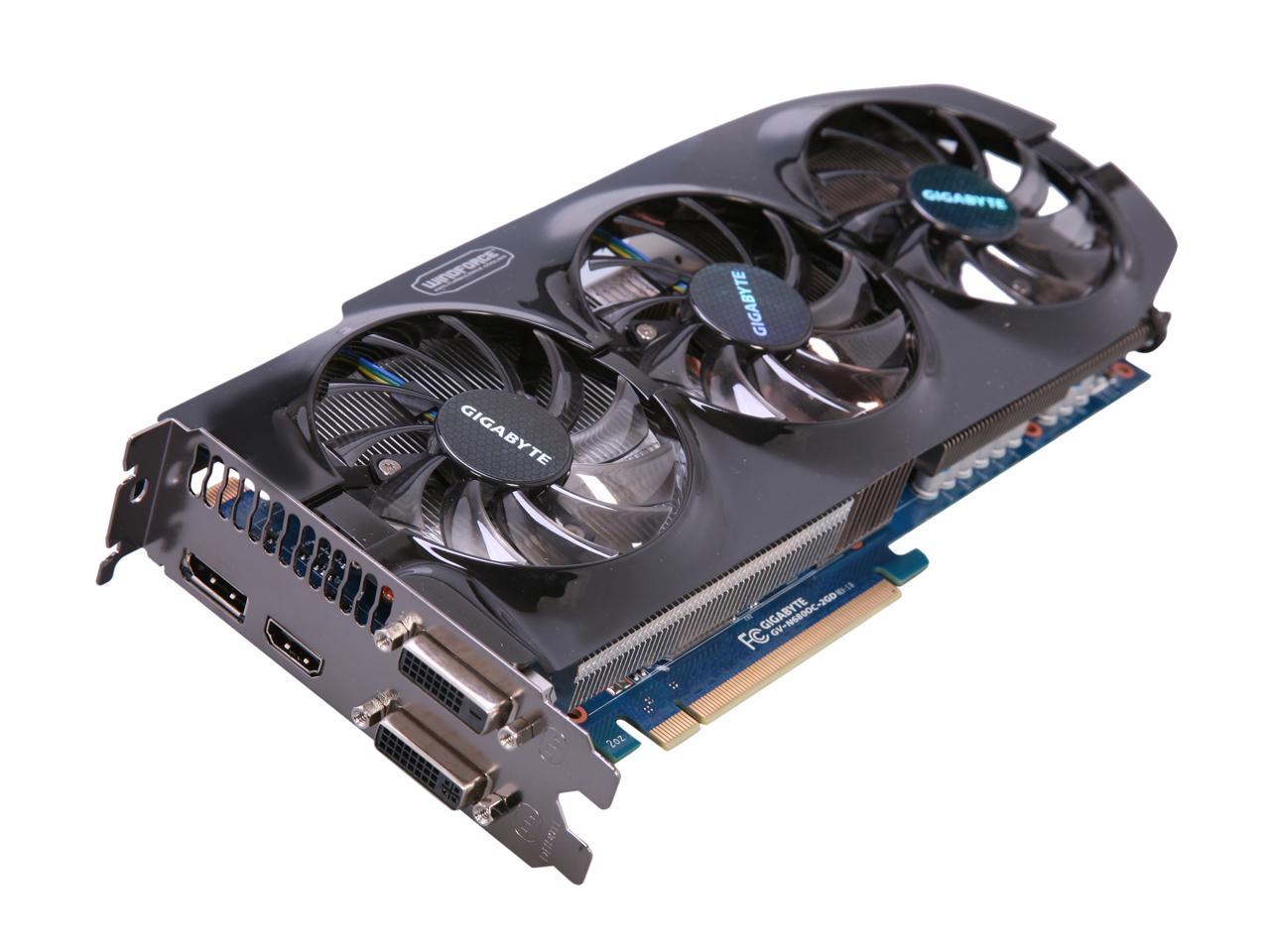


The GTX 680 was launched to much fanfare from the enthusiast crowd. Last year around March we took our first look into the new Kepler based architecture. Let’s meet the first member of the GTX 700 series: the GeForce GTX 780. The NVIDIA GeForce GTX 680M is a high-end DirectX 11.1-compatible graphics card for laptops and was announced during Computex 2012. A similar layout to the 5-series’ GF114 GPUs means four graphics processor clusters (GPCs) of two streaming multi-processors (SM) each, but in a predictable reduction in comparison to the GTX 680 2GB, Nvidia has disabled a single SM on the GTX 670 2GB. The next step in the evolution of GeForce has arrived. You can read more about the Kepler architecture in our GTX 680 2GB Review, but the GTX 670 2GB uses the same Kepler GK104 architecture of both the GTX 680 4GB and GTX 690 4GB, with the move to 28nm seeing a dramatic jump in stream processor count, but also the unification of the core and shader clock. Let’s start by taking a look at the GTX 670 2GB’s GPU. Sure, it’s still a high price to pay for a GPU, but as demand for GTX 680 2GBs is keeping prices firmly above the £430 mark, it’s still a sizable difference. Today sees Nvidia attempt to chip away at this, with the GTX 670 2GB expanding the range of Kepler GPUs and bringing the fight to the £330 price point. It consists of eight shader blocks, known as SMX, and each of those has 192 smaller shader cores, also known as CUDA. It is part of the Kepler generation and relies on a GK104 core, constructed through a 28nm process. Where AMD still holds sway though is at the more lucrative lower price points, having already launched its full product stack of 28nm parts right the way down to sub £100 prices. NVIDIA GeForce GTX 680M, codenamed N13E-GTX, is a high-end graphics chip, announced in late Q3 of 2012. The GTX 670 2GB is £100 cheaper than the GTX 680 2GB


 0 kommentar(er)
0 kommentar(er)
